Can You See Static Electricity in The Dark?(Find Out Now)
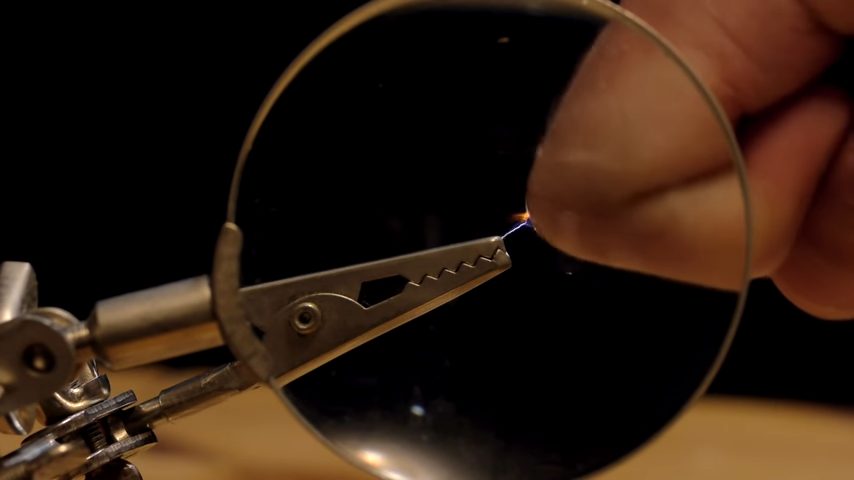
Have you ever wondered if you can see static electricity in the dark?
It’s definitely possible to see static electricity in the dark, and it can be a fascinating sight! Static electricity is a common phenomenon. And when two objects in a dark area rub against each other, the sparks produced by this can be quite visible.
In this article, we’ll be delving into the nature of static electricity and its behavior in the dark, its safety concerns, and how to deal with it.
Trust me; you don’t want to miss this electrifying journey(bad pun :))!
Experiments and Static the Dark
| Experiment | Setup | Observations |
|---|---|---|
| Balloon and Hair Experiment | Rubbing a balloon on hair and bringing it close to the darkroom environment | Small sparks and a faint glow is observed in the dark |
| Static Hair | Sleeping with a woolen blanket and observing hair after waking up | Hair strands sticking up and crackling sounds when touched |
| Pencil and Aluminum Foil | Rubbing a pencil on aluminum foil and placing it in the darkroom | Glow observed around the edges of the foil |
| Human Touch | Having two individuals build up static charge by walking on the carpet and then touching each other | A faint spark is observed in dark environment |
| Static Electricity and Dust | Rubbing a plastic rod on a cloth and observing dust particles in the dark | Dust particles attracted to the charged rod, creating a visible cloud |
Generating Static Electricity
Blankets and Bedding

You know that feeling when climbing into bed and pulling back the sheets only to see sparks flying? That’s static electricity at play, my friend!
Our bodies, especially when rubbing against surfaces like blankets or sheets, can generate quite a lot of static electricity.
While we sleep, friction between our bodies and the bedding can cause a build-up of electrical charges.
Balloons and Hair
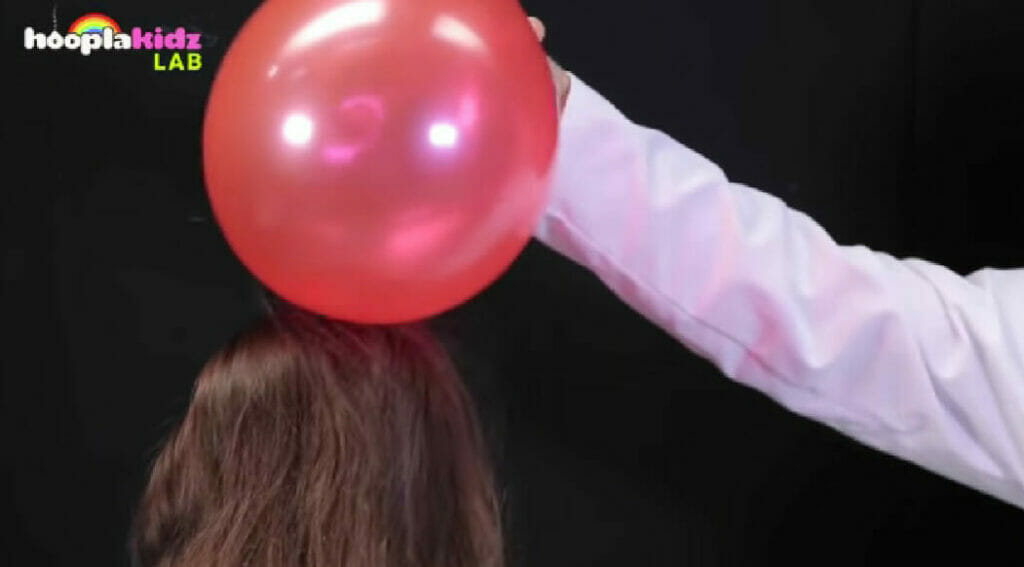
Ever rubbed a balloon against your hair and stuck it onto a wall? Classic! That’s a fantastic example of static electricity in action.
When you rub the balloon against your hair, you’re transferring electrons from your hair to the balloon. The result? Both your hair and the balloon become charged.
That’s why our hair gets all wacky and stands on end! Rubbing a balloon against your hair can power up a common light bulb! How cool is that?
Metallic Surfaces
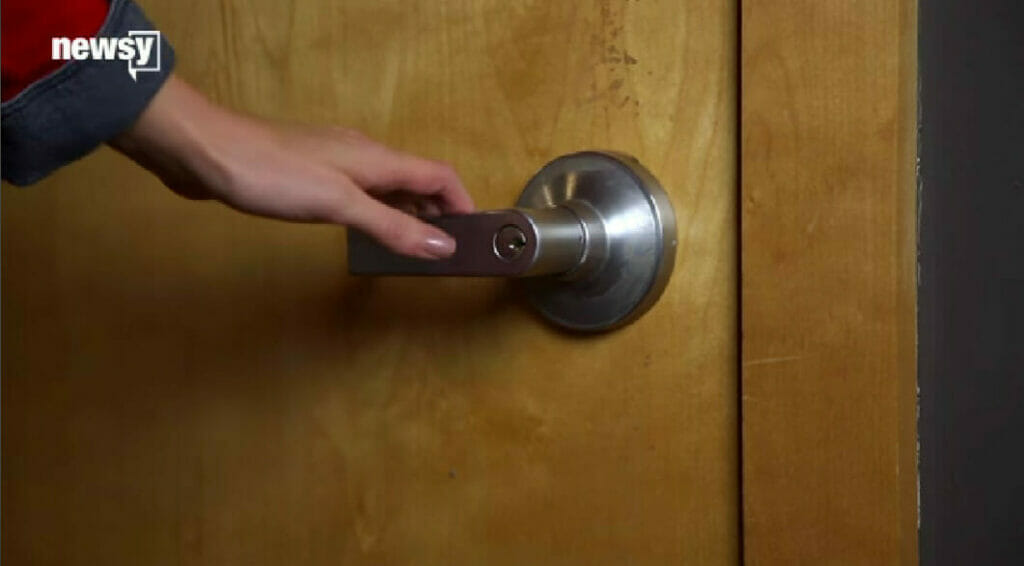
Metallic surfaces and static electricity go hand in hand. Have you ever walked across a carpeted floor and felt shocked when you touched a metal doorknob?
That’s because the friction between your legs and the carpet created a build-up of static electricity.
When you touch a metallic surface like a metal prong, the charges can suddenly discharge, creating that quick spark or shock we feel.
So, next time you’re wondering about the sparks flying around you in the dark, remember that our everyday interactions with these objects can create electrifying experiences.
Interesting Facts and Phenomena
Darkroom Bulbs and Photography
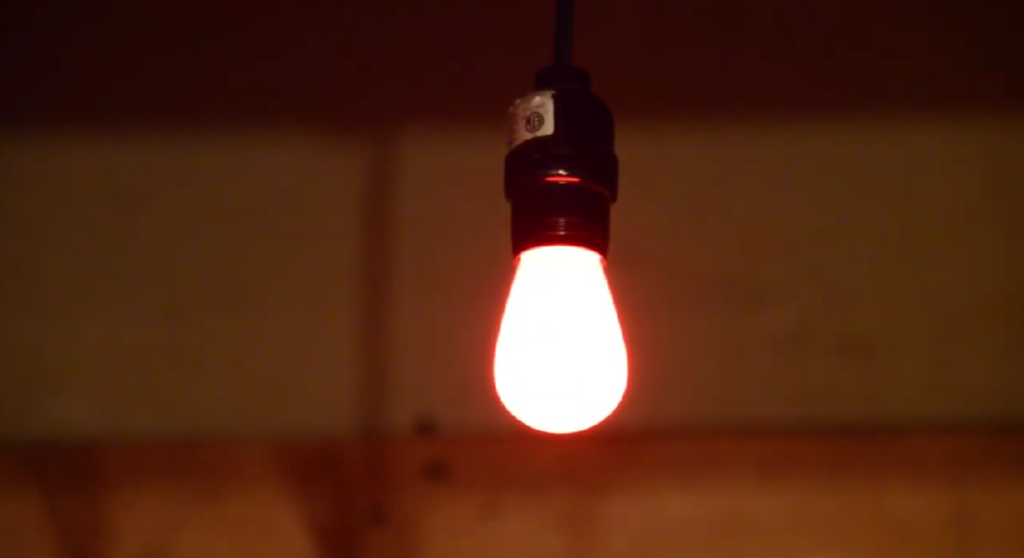
Let me tell you, one night, I was in a dark room, trying to find a fluorescent bulb for an upcoming photography project.
Before I reached out to the bulb, I shuffled my feet on the carpet just a bit. Imagine my surprise when I saw a beautiful flash of light as I touched the bulb! That’s static electricity acting up in the dark, my friends.
In addition, remember that the comforter you use on your lap while working next to your computer can also create static electricity.
So, be careful around those because even low current shocks can cause some disadvantages – nobody wants their precious computer damaged!
Static Electricity and Thunderstorms

Static electricity can also play a crucial role in thunderstorms. When charged particles collect in the atmosphere, we get a sudden build-up of energy.
This energy reaches a critical voltage level, and when that happens, watch out because you might see a thrilling light show!
Is Static Electricity Dangerous
Static electricity is generally not dangerous. While it might be surprising, it’s not harmful.
However, there are situations where static electricity can present a risk:
- Explosive Environments: In certain environments, such as those filled with flammable gases, vapors, dust, or other substances, a static electricity discharge can spark an explosion. This is why static control is important in industrial settings like gas stations, oil refineries, and grain elevators.
- Electronics: Static electricity can also damage sensitive electronics. This is because the sudden discharge of static electricity can create a current surge that can overheat and damage electronic components. For this reason, people working on computers and other electronics often use anti-static mats, wrist straps, and other tools to prevent static discharge.
- Large Static Discharges: It’s worth noting that while the small static discharges we commonly experience aren’t harmful, larger discharges can potentially be dangerous. For instance, lightning is a form of static discharge. Obviously, being struck by lightning can be very harmful or even fatal.
So while static electricity is usually not dangerous in everyday situations, it can be risky in certain environments or conditions.
Dealing with Static Electricity
Grounding Techniques
One way of dealing with static electricity is using grounding techniques. Being grounded in static electricity means using techniques to discharge the built-up charges. So, how can we do this?
One method is wearing leather rubber-soled shoes since they act as insulators, retaining the electricity in your body and preventing shocks.
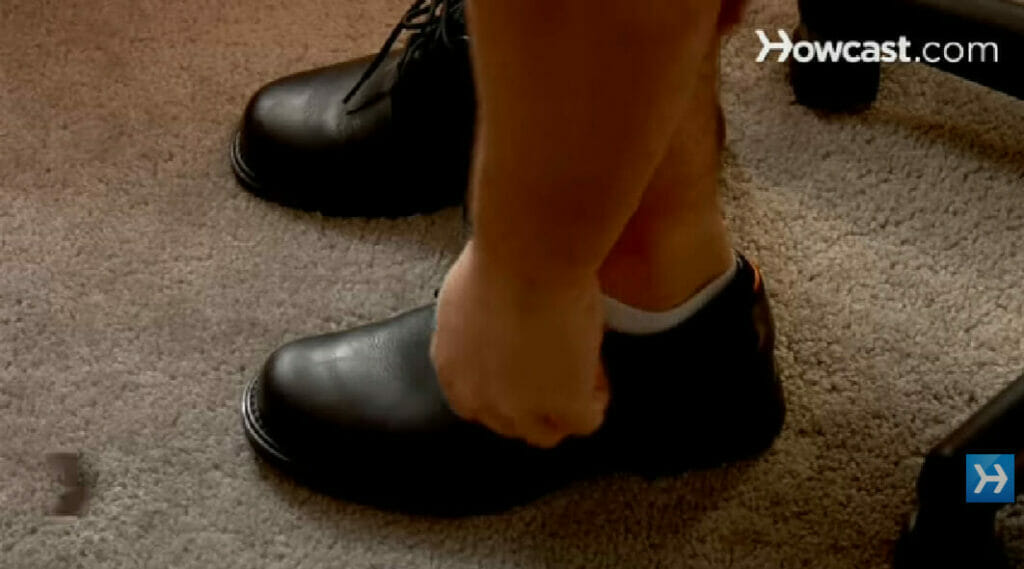
You can also try using anti-static mats under your chair or desk.

These mats come with a grounding cord connected to an electrical outlet, allowing any static charge to flow directly to the ground – it keeps my legs nice and static-free!
Using Conductive Materials
Conductive materials allow electricity to flow easily through them, which helps to prevent the buildup of static charge.
Wearing clothes made of natural fibers like cotton can help reduce the amount of static electricity your body generates.
You can try using metal furnishings in your home or office, as they’re excellent conductors of electricity. Plus, it adds a touch of style to your space!
Using Dryer Sheets
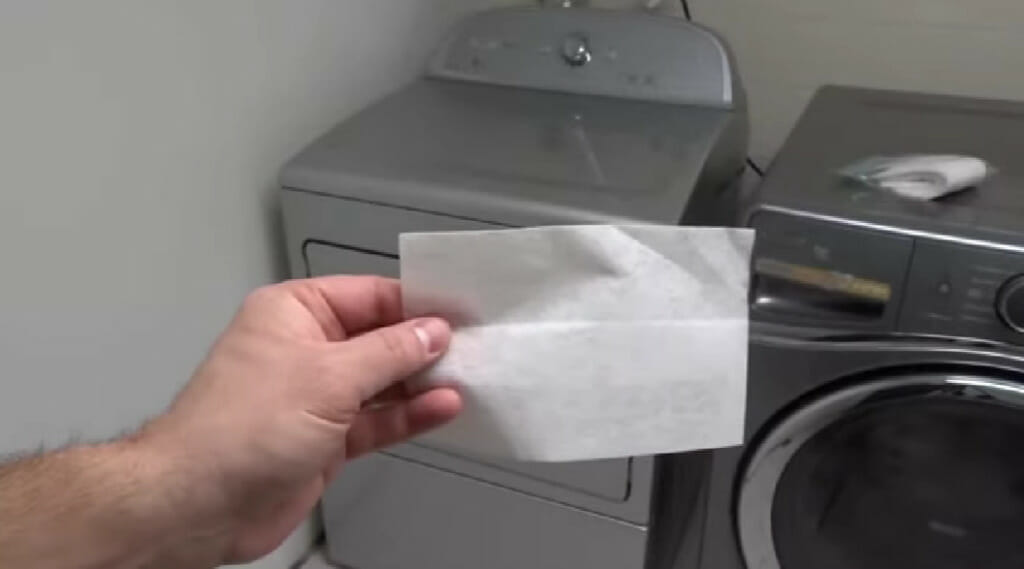
Oh, do I love dryer sheets! They not only keep your clothes smelling fresh, but they also help reduce static electricity.
To help prevent shocks, rub a dryer sheet on the items that tend to generate static, like your clothes or bedding. This simple trick will reduce the chances of a surprise zap.
Maintaining Humidity
This is important: maintaining the right humidity level in your space can greatly affect how much static electricity you’ll encounter.
When the air is dry, static electricity increases. So, using a humidifier or placing water-filled containers around your home can help maintain the proper humidity level and reduce static buildup.

And for me, staying well-hydrated also helps keep the static at bay since dehydration can contribute to electrical imbalances in your body. Don’t forget to drink plenty of water; your body will thank you!
Static Electricity and Safety Concerns
Fire Hazards
We need to be aware of some dangers, like fire hazards related to static electricity.
You see, the buildup of static electricity can lead to sparks, and when those sparks meet flammable or explosive mixtures, they can start a fire.
Now, picture this: imagine metallic fences or metal chains near those flammable materials. Without proper grounding, the static discharge might cause a fire hazard.
So let’s stay safe, my friends, and always take precautions!
Impact on Electronic Devices
And hey, let’s not forget the impact on our beloved electronic devices. Static electricity can do a number on them when they aren’t grounded properly.
But we can take steps to protect our electronic buddies. Ensure your devices are on a conductive surface to safely dissipate static charges.
So, next time you’re tinkering around in the dark, remember that static electricity is more than just a fun party trick. Stay safe, and keep fire hazards and electronic devices in mind, folks!
References
Studies:
- Demonstration of static electricity induced luminescence. https://www.nature.com/articles/s41598-022-12704-5
Organizations:
- American Institute of Physics (AIP). https://www.aip.org/
- The American Physical Society (APS). https://www.aps.org/
Books:
- “Understanding Physics” by Isaac Asimov
- “Electrostatics: Exploring, Controlling, and Using Static Electricity” by A. D. Moore
Websites:
- Khan Academy. www.khanacademy.org
- HowStuffWorks. www.howstuffworks.com
Video References
Toscha
LAB 360
Scripps News
Division 6 Media
Howcast
Inside Out Electronics
Helpful DIY
